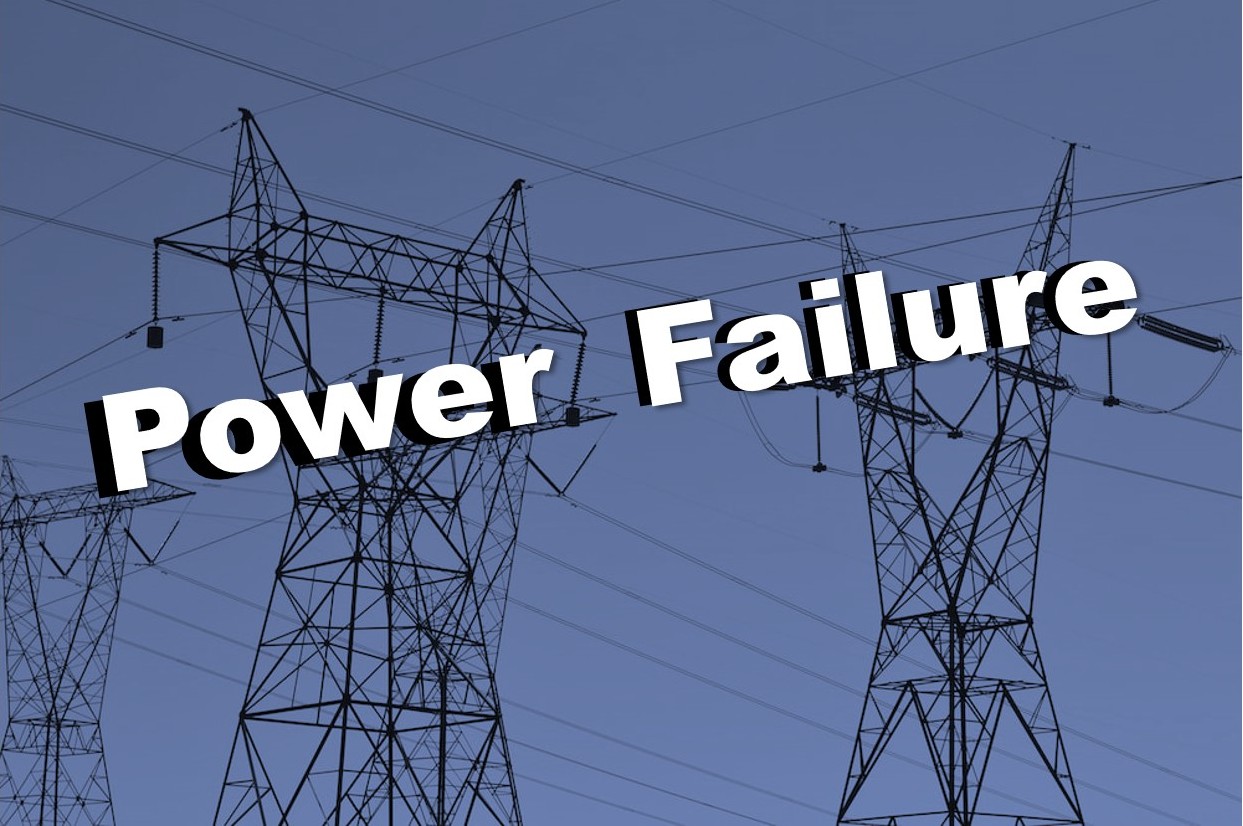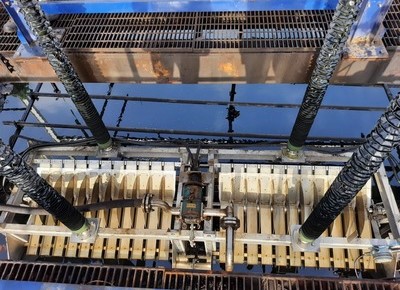Sluice Gate Operations During Power Outage/Failure

Sluice Gate is deployed to cut off or restrain the flow of a liquid. It plays an important role in regulating the movement of water/liquid, especially for controlling flooding, maintaining water levels, and in various industrial applications such as in a wastewater treatment plant. To improve operational and process efficiency, an irrigation system or an industrial application treatment plant is automated, which also involves automatic opening and closing of sluice gates based on pre-defined parameters. The automation includes use of electrically powered actuators to operate the gates locally or remotely.
Automation of the system has a number of benefits but, during power outage/failure it can have devastating effects. In most cases to tackle power supply issues provision is made for alternate power supply. Nonetheless, there are plants or situations wherein there are power restrictions or no power supply due to one of the many reasons posing a challenge to opening or closing of sluice gate.
No power supply is an emergency situation at an irrigation system or a treatment plant. In such situations operators have to act quickly to prevent or mitigate the damage that may be caused due to open or closed sluice gates. The manual opening or closing of sluice gates requires effort, consumes time & manpower and, may not be effective in some cases. The best practice is to be prepared for such an emergency response by having the right tools that can make all the difference. Portable valve actuators are one such tool that can prove to be invaluable in emergencies such as power outage.
What Are Portable Valve Actuators?
As the name suggests portable valve actuators are light-weight handheld portable device that can operate sluice gates during power outages.
These actuators are designed for emergencies. Taking into account its importance during an emergency the portable valve actuators are designed to be versatile and have important safety features. Along with accessories these actuators are a preferred choice to operate sluice gate during power outage. Some of the key features that prove to be ideal for emergency are its ergonomic design and ease of operation. Few other notable features are:
- • Operates swiftly, ensuring saving considerable time
- • Can be used for horizontal or vertical operations
- • Can be used to open multiple gates
- • Effectively caters to very high Nm requirements
- • Engines and components are designed taking into account user safety
- • Includes anti-rotation prevention system
- • Light-weight: the device is made of light alloy to ensure ease of operation because it is hand-held
- • Engines and components are designed taking into account user safety
- • Includes anti-rotation prevention system
- • Torque reaction system: it helps to absorb the torque generated during valve operation, minimizing the risk of injury to the operator
- • Minimum manpower requirement: a single operator can open/close the gate without much physical effort
These actuators are offered with accessories. Some of the most common accessories and spare parts are:
- • Battery pack: ensures increased operation time
- • Male/female anti-rotation pins
- • Lights that can be installed on actuator and safety helmets to assist operations at night and bad weather/light
- • Bushings: It transmits the rotation movement from portable valve actuator to gearbox. They are available in two categories viz, square and cylindrical. Different types of bushings are male/female & half-moon. Bushings are available with a connection adaptor.
- • Adaptors: are deployed on output shafts. They can be easily coupled to output shafts of any diameter, short or extended version.
- • Anti-rotation flange: is mounted on the gearbox where the safety pin is inserted.
Portable valve actuators prove to be a valuable tool during power outages. The ergonomic design, safety features and overall efficiency is highly essential in emergency situations. It facilitates quick and effective operation of sluice gates, mitigating the devastating effect that power failure can have on an irrigation system or a treatment plant.
Frequently Asked Questions(FAQs)
Q.1 How does an oil water separator work?
A. An Oil Water Separators is a device used to separate oil from water in various industrial processes. It works by using gravity and centrifugal force to separate the two liquids, with the heavier liquid (oil) being pushed to the bottom while the lighter liquid (water) is pushed to the top. The separated liquids then flow through different outlets, allowing them to be collected separately.
-
Q.2 What are the benefits of using a mechanical bar screen?
A. A Mechanical Bar Screen is an essential piece of equipment in wastewater treatment plants. The bar screen helps to remove large objects such as rags, plastics, and other debris from the wastewater before it enters the treatment process. This ensures that only clean water enters the treatment system, thus improving its efficiency and reducing operational costs.
-
Q.3 Are there any safety considerations when using a floating decanter?
A. When using a Floating Decanters, it is important to consider the safety of both you and your equipment. Floating decanters can be dangerous if not handled correctly, as they can tip over and spill hot liquids. It is also important to ensure that the floating decanter is properly secured in its position so that it does not move or become unstable while in use.





